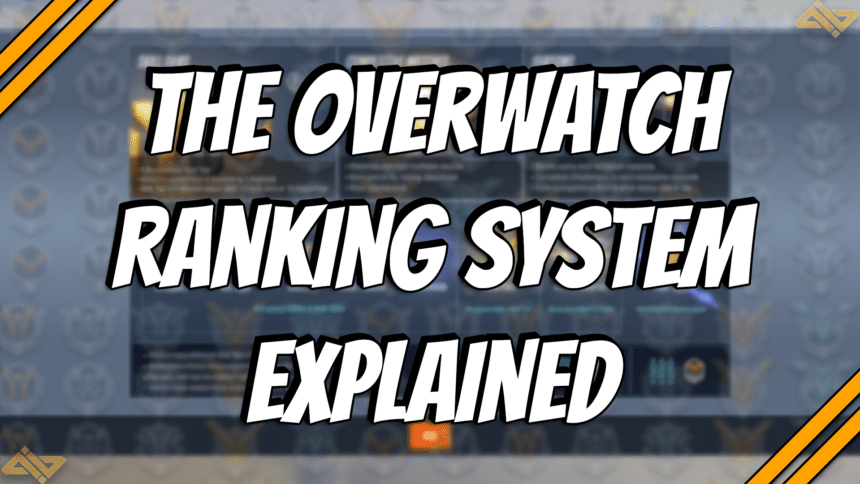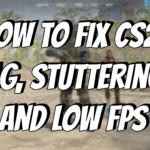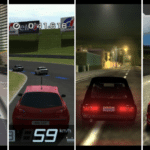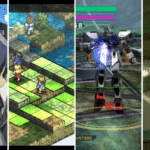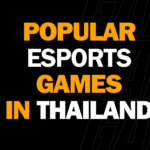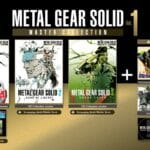Like most multiplayer games, Overwatch 2 features a ranking system for their competitive matches. This gives an area for players to match up with similarly skilled opponents and climb the ranks through hours of grinding.
The Overwatch ranks can be difficult to navigate, whether you’re new to the game or a seasoned vet. Either way, we’ll help you figure out exactly how the Overwatch ranking system works and the things you should do to rank up.
Overwatch 2 Competitive Queues

All new players will only gain access to competitive queues after winning a total of 50 Quick Play matches. This system is in place to help weed out smurfs, cheaters, and multiple accounts. You can play any combination of modes, from Escort, Push, Control, and Hybrid.
After this, you will unlock two different ranked modes; Role Queue and Open Queue. In Role Queue, you get to pick what role you want to play. Each team will be composed of one Tank hero, two Damage heroes, and two Supports. This is a more organized mode and ensures that everyone gets to play the role/ hero they want.
Open Queue can be a bit more chaotic. From the name itself, everyone is free to play whoever they choose. This can result in some crazy team compositions and, in rare cases, more trolls.
Every player has a separate rank for each role when playing in Role Queue. This is due to how drastic the differences in gameplay and playstyle in each role can be. So if you get the Support role, your Support rank will only be affected for that game, and so on.
In Open Queue, all players have one unified rank. Regardless if you spam Widowmaker each game or only play Tanks, you’ll get the same rank. It’s definitely a bit harder to rank up in Open Queue, mainly because of how unpredictable each match can be.
All the Overwatch Ranks

There are a total of seven different ranks or Skill Tiers in Overwatch. Each rank is further divided into five divisions to further separate the groups and skill levels. The OW2 ranks are as follows:
- Bronze
- Silver
- Gold
- Platinum
- Diamond
- Master
- Grandmaster
Every rank has five tiers starting from 5 being the lowest and 1 being the highest. You’ll need to go through all five tiers if you want to reach the next rank.
There’s also a Top 500 leaderboard where the literal 500 highest-ranked Overwatch 2 players in your region are displayed for everyone to see. Typically, most players within the leaderboards will be Masters or Grandmasters.
The overwatch competitive ranks from Bronze up to Diamond can play in a party within 2 Skill Tiers. This means that if the lowest rank in your lobby is a Silver player, you can still play with Gold or Platinum-ranked players.
The Master Skill Tier can queue within 1 Skill Tier. This means that they can play with either Diamonds (usually high divisions 3-1) or Grandmasters (usually low divisions 5-3).
Finally, Grandmasters can only play with other gamers within three divisions. This means that if you’re Grandmaster 2, your party’s lowest member must be in Grandmaster 5 to be eligible to queue. Additionally, players within the Grandmaster Skill Tier can only play solo or duo queue. That’s what you get for being the best.
How to Rank Up in Overwatch 2

Unlike games like Valorant or League of Legends, Overwatch 2 doesn’t have a visible rank-up indicator. Instead, it works more similarly to CS:GO’s ranking system, where you’ll rank up or down after a set amount of wins or losses.
There are tons of factors that go into ranking up or down in Overwatch 2. However, the main determiner would still be your win rate. At the end of the day, you’ll still need to win more than you lose if you want to rank up.
According to Blizzard themselves, players can expect a change in their overwatch competitive ranks after every 5 games or 15 losses/ties. If you win 3 games in a row, lose one, then win another 2, then you’ll likely rank up. As long as you have a positive win rate, you shouldn’t be in danger of getting demoted.
If you’re a beginner to Overwatch 2 and just unlocked the ranked queue, you’ll need to get the same five wins or 15 losses/ties to uncover your Skill Tier. These act as the placement games where your performance and wins matter the most.
The Difference Between SR and MMR

All players are assigned a Skill Rating (SR) after they receive their first rank. Your SR is used to determine your rank placement and whether you need to rank up or down based on your wins/losses record.
Each Skill Tier and Division are tied to a specific SR range. If your Skill Rating falls within those ranges, you’ll be awarded that rank after 5 wins. Your SR will always change after every game and is mainly based on your overall performance and if you won or lost the game.
However, it’s important to note that your Skill Tier or Division will only update after the 5 wins or 15 losses threshold. This makes it possible to skip entire Divisions, or OW2 ranks in some cases, especially if you go on a hot streak.
On the other hand, your Matchmaking Rating, or MMR, is a hidden rating system that is tied to your overall skills and mastery of the game. Every player’s MMR still exists outside of the Overwatch ranking system. Your MMR is used to determine what players you would go up against in both the Competitive and Casual game modes.
Unlike your SR, the MMR is hidden from the players and is typically based on how well you play each match. It gets adjusted after every match and is a general rating that determines how good the game thinks you are.
While SR and MMR are independent of each other, they still closely follow one another. It’s theoretically possible to be Gold but have an MMR of Grandmaster, but highly unlikely. If you truly are a good Overwatch 2 player, it should eventually lead to wins, regardless of how bad your team plays.
Rank Rewards
Aside from the shiny badges and the satisfaction of getting your dream rank, the Overwatch ranking system also provides rewards. These rewards come in the form of Competitive Points (CP).
CP is an in-game currency that is only used to buy Gold Weapons in Overwatch 2. You can earn CP after every match. Players gain 25 Competitive Points for wins or 5 Competitive Points for Draws. Losses do not award any CP.
At the end of each season, players earn additional CPs, depending on their highest Skill Tier achieved. Players can receive anywhere from 300 to 1500 Competitive Points, along with Player Titles for Platinum and higher.
Here’s a complete list of the Overwatch ranking system rewards:
| High Skill Tier Achieved | Competitive Points Earned | Player Title |
|---|---|---|
| Bronze | 300 | None |
| Silver | 450 | None |
| Gold | 600 | None |
| Platinum | 800 | Platinum Role Challenger or Platinum Open Challenger |
| Diamond | 1000 | Diamond Role Challenger or Diamond Open Challenger |
| Master | 1200 | Master Role Challenger or Master Open Challenger |
| Grandmaster | 1500 | Grandmaster Role Challenger or Grandmaster Open Challenger |
| Top 500 | 1500 | Top 500 Role Challenger or Top 500 Open Challenger |

